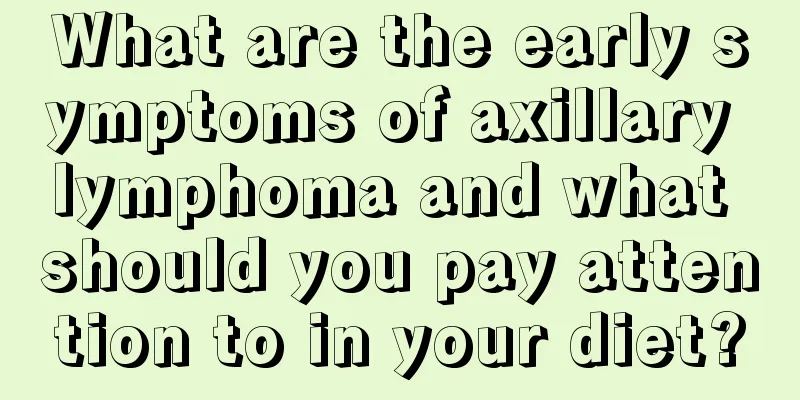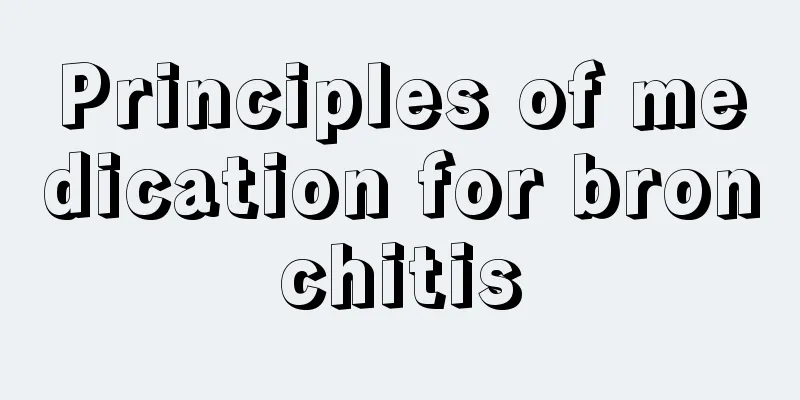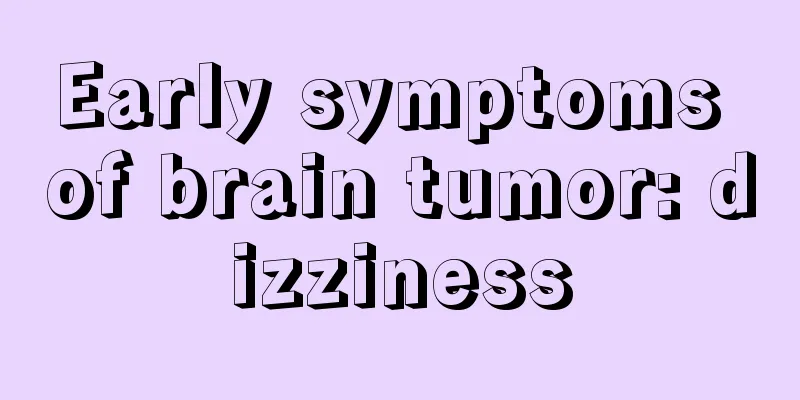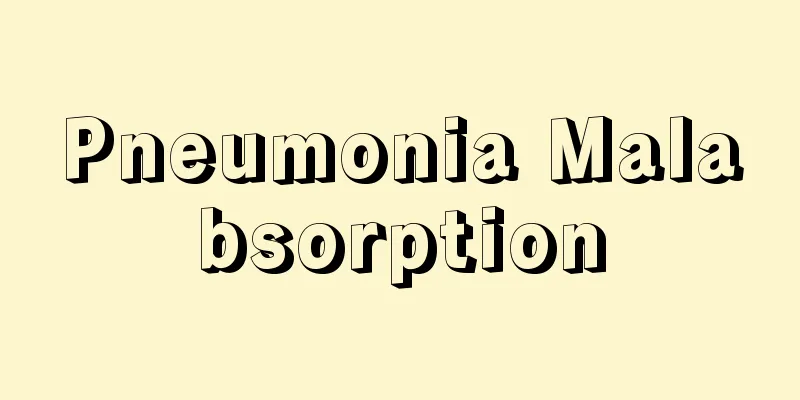What are the symptoms of cerebellar tonsillar herniation
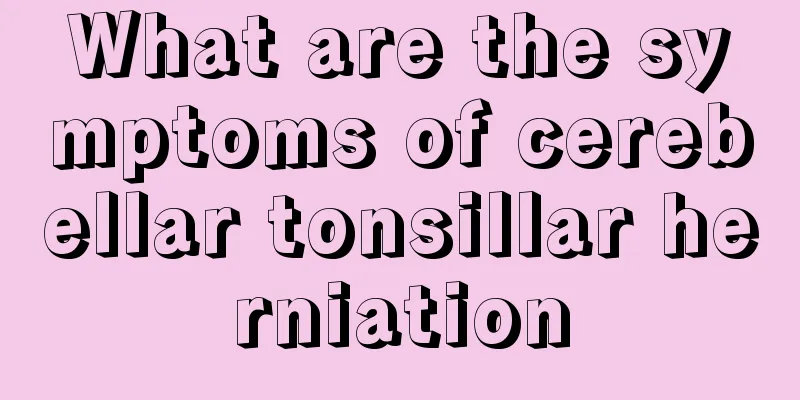
|
Speaking of the brain, it is definitely the most important organ in the human body. Its precision is not inferior to anything else, so brain diseases are more complicated and difficult to treat. Among them, cerebellar tonsillar herniation is one of them. Speaking of cerebellar tonsillar herniation, it is actually a relatively common congenital developmental abnormality. It refers to the abnormal development of the cerebellar tonsils, which causes the lower part of the cerebellar tonsils to drop below the foramen magnum due to the embryonic development, thus causing a series of problems. It will cause the human body to often experience headaches, dizziness, nausea, lack of strength in the limbs, inability to lift things, etc. in daily life. So, what should we pay attention to about cerebellar tonsils? Let’s take a look at its clinical manifestations. 1. Regarding cerebellar tonsillar herniation, attention should be paid to the classification. 1. Type I is the most common in clinical practice, also known as primary cerebellar heterotopia. It is characterized by the normal position of the fourth ventricle, but the cerebellar tonsils herniate into the spinal canal and continue to shift forward and downward. Most patients often have cranial and cervical bone deformities. 2. Type II is also relatively common in clinical practice, characterized by downward displacement of the fourth ventricle and herniation of the cerebellar tonsils into the spinal canal. Most patients often have hydrocephalus and myelomeningocele, and a small number of patients may have abnormal neuronal migration. 3. Although type III is rare in clinical practice, it is indeed the most serious type, characterized by herniation of the cerebellar hemisphere into the upper part of the spinal canal. Most patients often have occipital bone malformations and head and neck deformities. A small number of patients often have cerebellar malformation and occipital meningoencephalocele. 4. Type IV is relatively rare in clinical practice, with newborns as the main victims. It is accompanied by cerebellar hypoplasia and brainstem hypoplasia, but unlike type III, the cerebellar hemispheres do not herniate into the spinal canal. 2. Regarding cerebellar tonsillar herniation, pay attention to the clinical manifestations. Clinical manifestations are what many patients should pay attention to. The onset of cerebellar tonsillar herniation is relatively common, and most patients occur in women. Type I onset occurs in children or adults, types II and IV onset occurs in infants, and type III onset occurs in newborns. Its common clinical manifestations include neck pain, arm pain, and a burning sensation. The pain is mostly occasional, but a small part of the pain is persistent. In addition to pain symptoms, patients may also experience systemic symptoms such as dizziness, muscle weakness, and tinnitus. If symptoms occur, seek early treatment. |
<<: What are the methods to lower uric acid?
>>: What are the methods to control white tarragon
Recommend
What is the way to avoid rubbing your feet when wearing new shoes?
New shoes always rub your feet when you put them ...
Chinese medicine treatment for prostate cancer
Prostate cancer is a serious disease, which is mo...
What causes excess fat on the back
Many people will find that they have more and mor...
Eat peanuts after eating garlic
When it comes to garlic, everyone knows that it i...
Patients with fibroids should not exercise excessively
Patients with fibroids should not exercise excess...
What are the functions of arterial blood gas analysis
Arterial blood gas analysis is a common examinati...
4 physical signs that you won’t live long
Treat your body well and you will have a healthy ...
What effects does passion fruit plus rock sugar have?
As it is the season for passion fruit, many peopl...
What is the reason for the black tip of the nose
If you observe carefully in your life, you will f...
Key points for care during the White Dew season
After the White Dew, the weather will change grea...
How long does it take for a woman to have a child after removing the IUD
In order to achieve the effect of eugenics, it is...
Pull out one hair and three will grow? Will the more you pull out the white hair, the more hair you will have
Many people remove a few white hairs immediately ...
Correctly understand blood in the stool caused by rectal cancer
Intestinal cancer is a common digestive tract tum...
What to do if you eat foot odor salt
Salt plays an indispensable role when cooking, so...
Can nasopharyngeal carcinoma be cured by mid-term radiotherapy and chemotherapy?
Can nasopharyngeal carcinoma be cured by mid-term...


